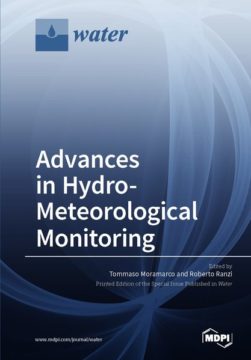Basin hydrology is related to the soil–atmosphere interaction driven by several blended processes constrained by the space–time variability of precipitation and soil moisture, along with overland flow and flood routing in natural channels. The emerging technologies for the monitoring and prediction of the spatial and temporal distribution of rainfall and soil moisture over a catchment, as well as the hillslope and river runoff, are of considerable interest to predict the hydrological responses of a catchment. In this context, this Special Issue, with its eleven theoretical and applied contributions, aims to shed light on the more recent advances in ground observations and remote sensing products, as well as on the benefits resulting from the integration of technological innovation and the development of new ideas in hydrology science. To this purpose, the accepted articles, written by leading researchers in their field, are intended to present and discuss experimental analyses at the catchment scale in terms of: a) intensive measurement campaigns of soil moisture by in situ sensors, remote sensing and modelling approaches; b) discharge monitoring also for high floods, by leveraging advanced technology for ground surface velocity measurements and spaceborne observations of water surface elevation, river width and slope; c) solid precipitation-measuring methods and the selection of snow gauge stations by merging meteorological, hydrological and remote sensing datasets; d) changes in daily precipitation of different intensities over large river basins along with the identification of the space–time rainfall field for different climatic regions ; and finally e) spatial evaporation patterns in different climate regions and assessment of the dominant climate factors affecting the evaporative demand of the atmosphere. Hopefully this Special Issue provides different useful insights into advancements in emerging technologies for the monitoring of key hydrological variables and will support the design of a scalable system of operational tools leading to suitable flood mitigation measures and reliable real-time warning systems.
- Veröffentlicht am Mittwoch 19. September 2018 von MDPI
- ISBN: 9783038429777
- 200 Seiten
- Genre: Kinder- und Jugendbücher, Natur, Pflanzen, Sachbilderbücher, Sachbücher, Tiere, Umwelt
